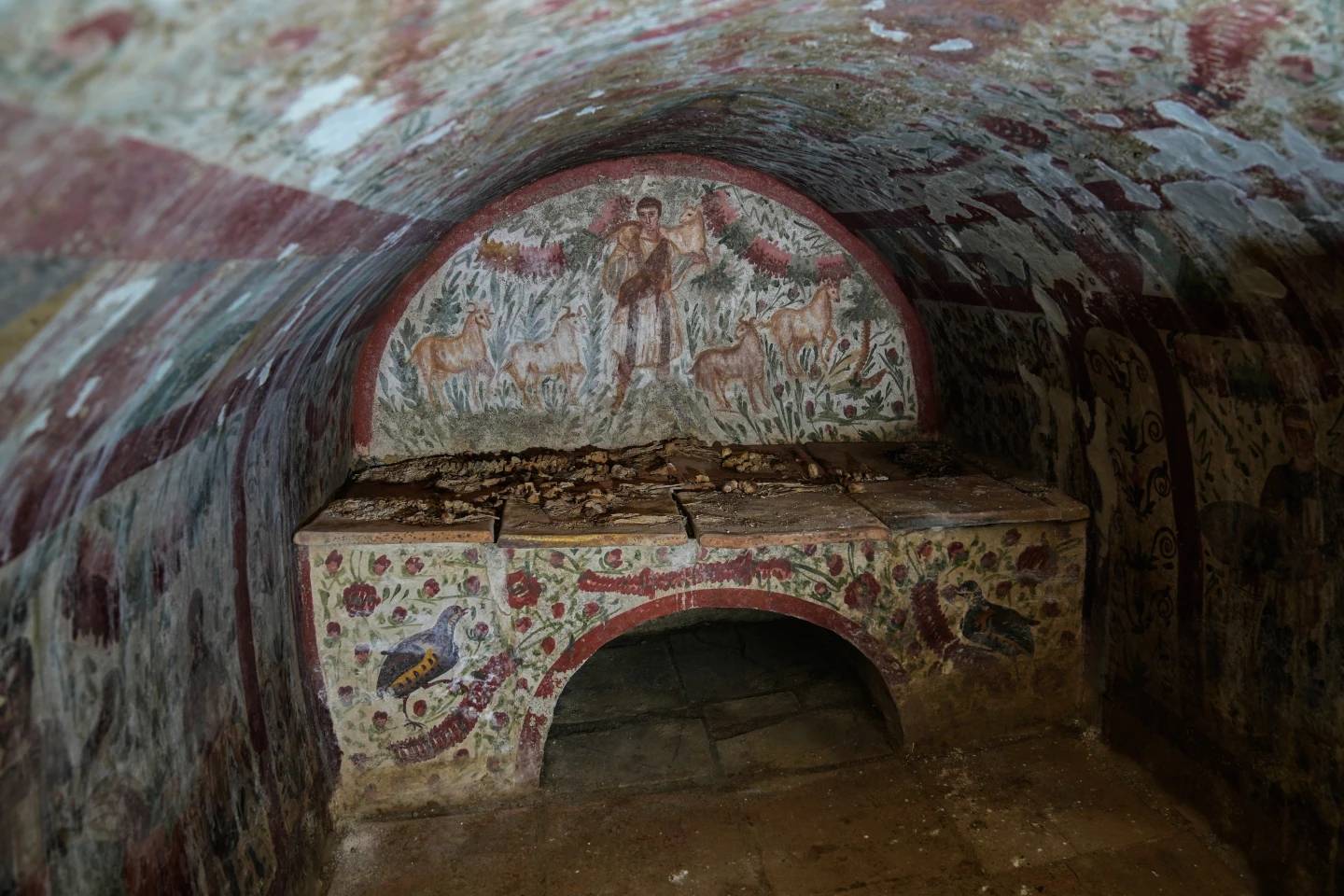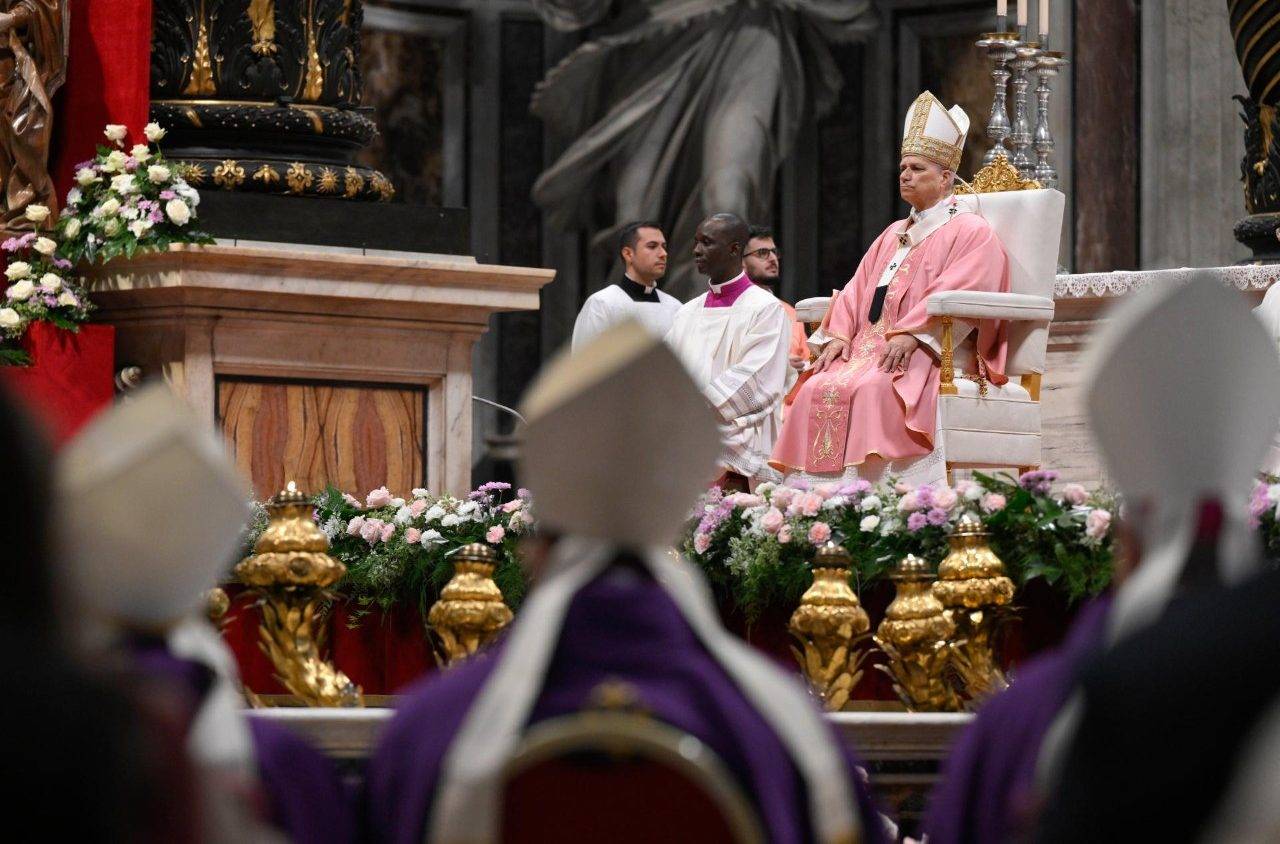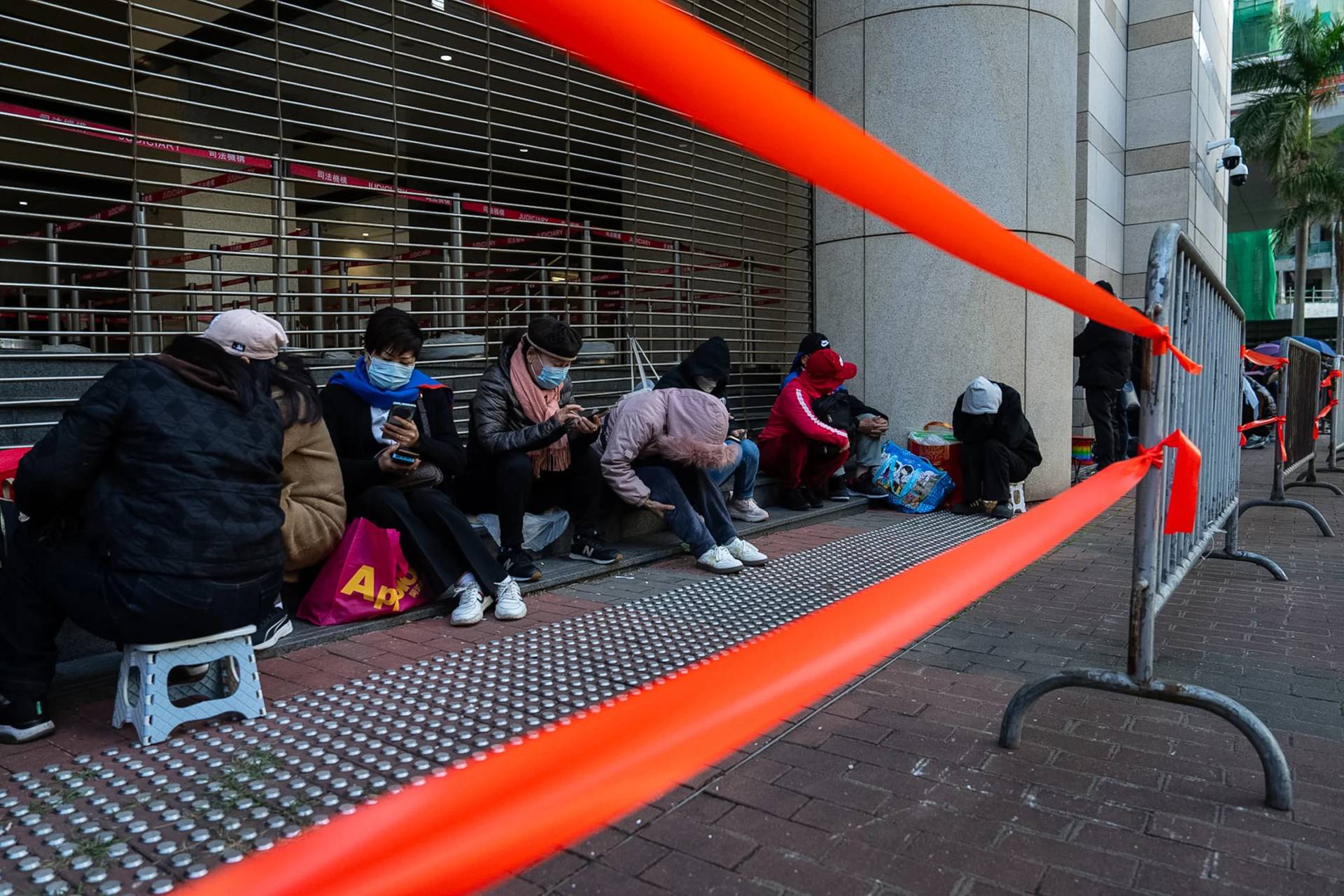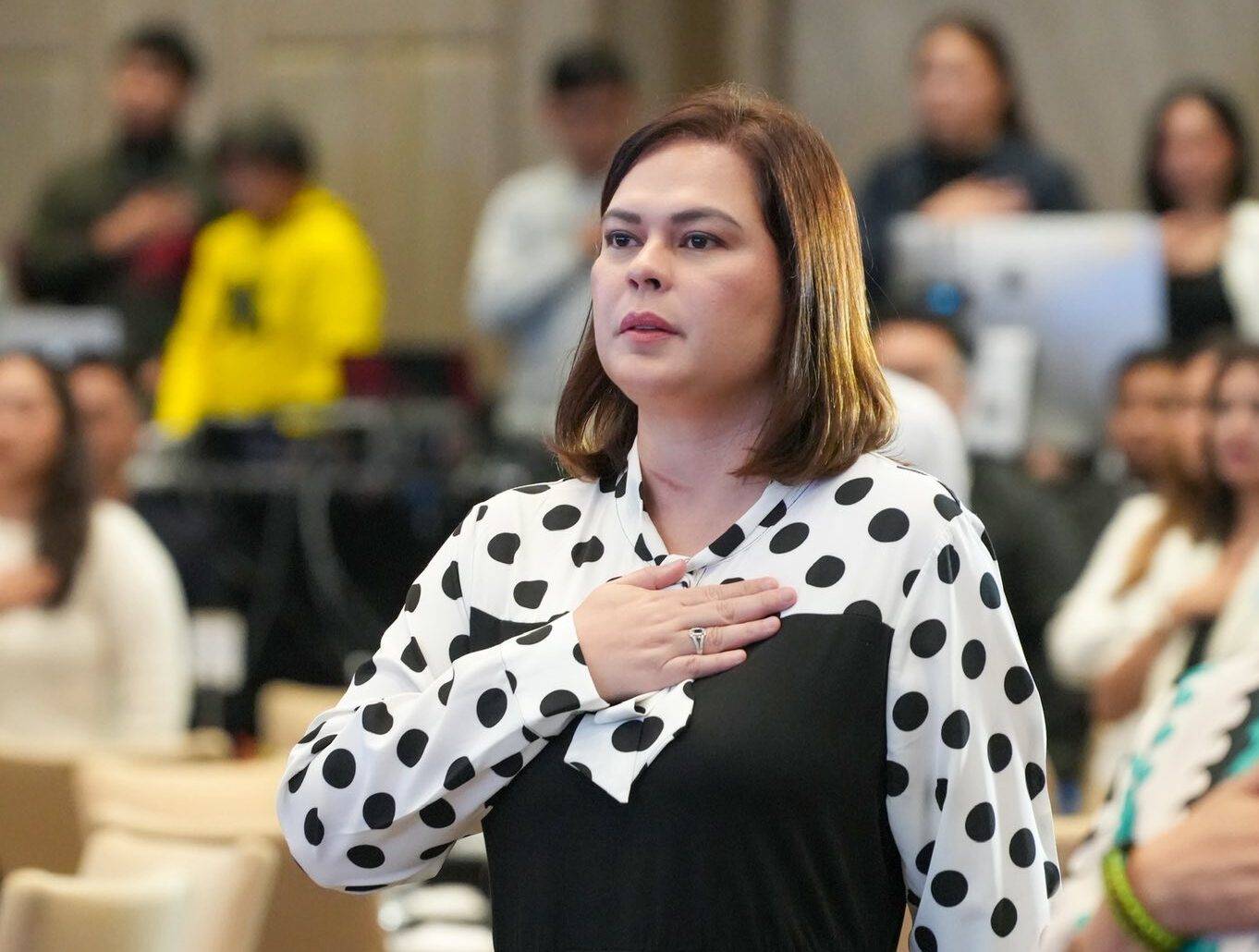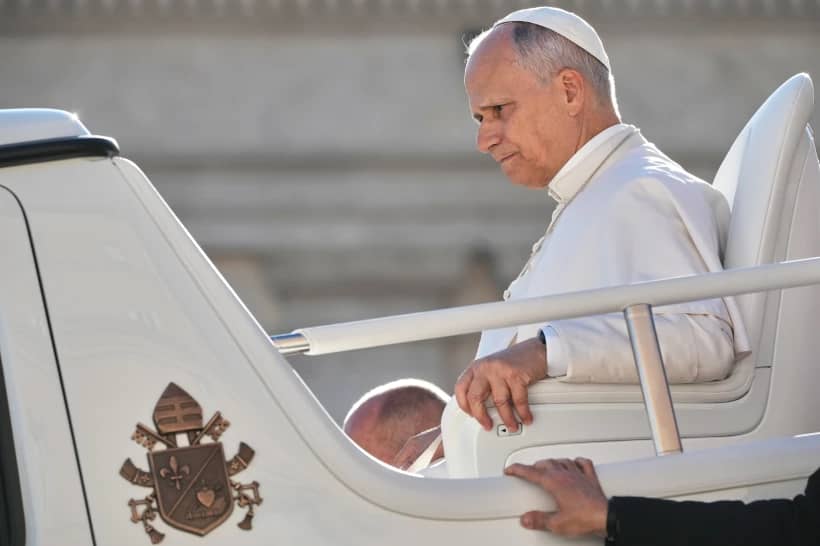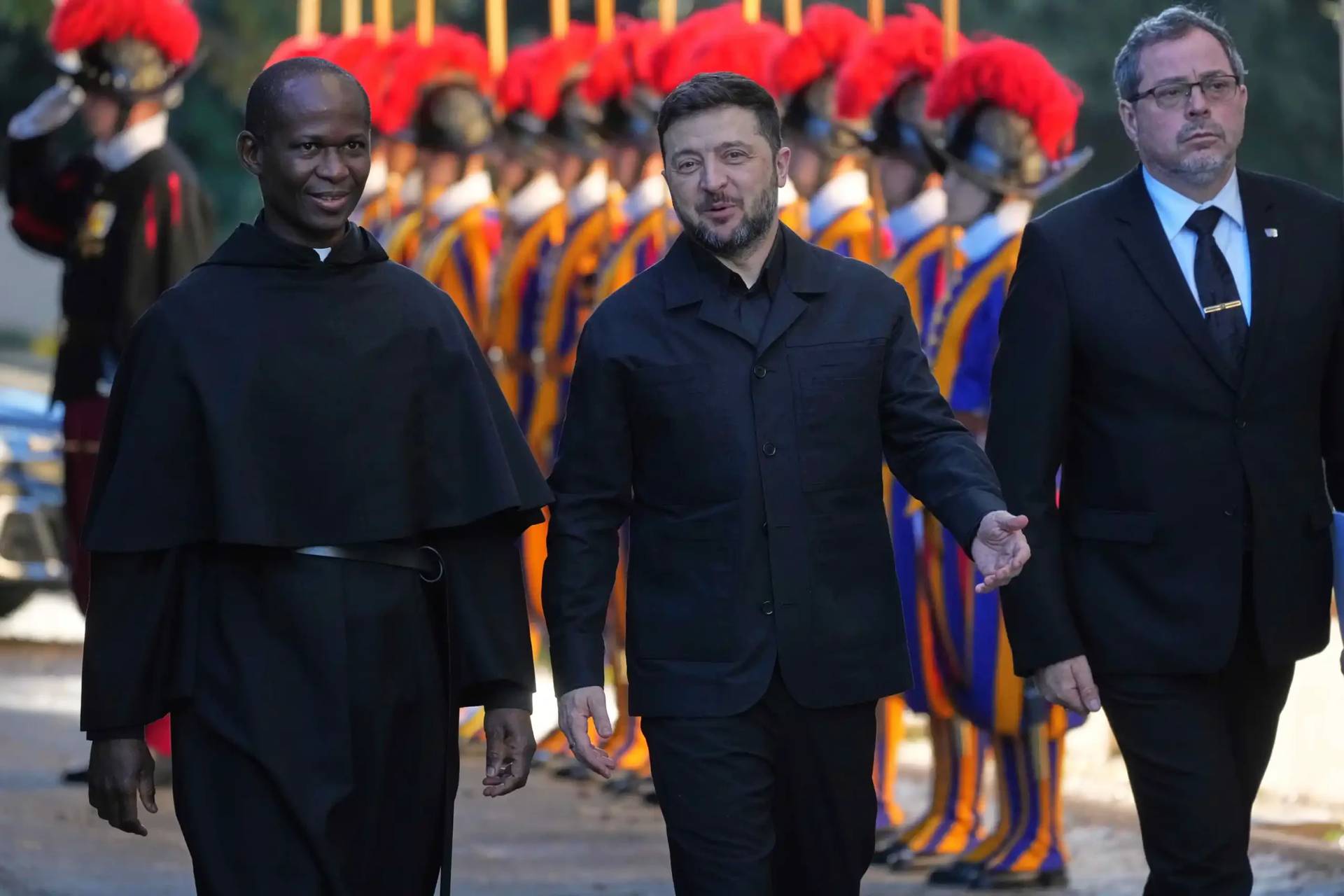ROME — With online registrations open and classes scheduled to start in early October, many pontifical universities in Rome have been publishing their new safety protocols and procedures on their websites.
In an effort to follow recommendations from the Congregation for Catholic Education that instruction be in-person and on campus, universities also needed to take into account rules and guidelines issued by the Italian government and health authorities regarding the health and safety of staff and students.
RELATED: Pontifical universities prepare for classes in COVID-era
Reviewing protocols published in July by Rome’s Pontifical Gregorian University, Salesian University, the University of the Holy Cross, and Lateran University, a number of commonalities emerged, giving a sense of what the next academic year might look like for those studying in Rome:
— Regular academic activity is set to begin as scheduled in the fall.
— Instruction will be offered on site, in the presence of students and teachers, and, for some, remotely.
— In order to follow physical distancing requirements, classroom capacities will be reduced, in some cases, by 50 percent. Classrooms will be rearranged and, where possible, additional spaces on other properties will be used.
— More sophisticated and powerful online platforms, such as Moodle or Webex, have been adopted and Wi-Fi connections have been expanded in classrooms. The goal is being ready to put a course online if needed, particularly when additional space on campus is not available.
— For some universities that want to accommodate students unable to attend on campus, courses will be livestreamed or recorded for students in different time zones.
— On-site learning will be a priority for first-year students, especially for the first weeks of school, and for courses requiring small-group work and study or internships.
— More library resources have been made available online.
— Class hours have been expanded and made more flexible to allow smaller groups of students to be staggered throughout the day and to prevent crowding in public areas and buildings.
— Thermal cameras or temperature checks are being set up at entrances; wearing a face mask is mandatory wherever physical distancing cannot be guaranteed; there will be increased specialized cleaning of common areas and classrooms and increased ventilation.
— Scholarships should be available for students in need who want to study on campus.
— Any changes in how the pandemic plays out over the next several months may lead to changes or new rules and restrictions, since the universities are seeking to follow recommendations and guidelines from competent health authorities.







